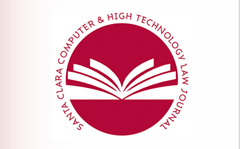Home > Journals > High Tech > Vol. 40 (2024) > Iss. 2 (2024)
Abstract
A patent is an exclusive right granted for an invention to the inventor. However, when it comes to life-sustaining products, these exclusive rights have a negative impact on people’s lives. The government has tried to develop initiatives, such as the Hatch-Waxman Act, to compensate and speed up the entry of affordable medicines into the market. But when one patent addressing one medical condition (indication) blocks the entry of the generic, the use of skinny labels makes it possible for the generic players to carve out the label and enter the market only with indications that are off-patent. This helps bring these unaffordable medical products within reach of the common person who could not otherwise afford them.
This note will examine how the generic players navigate the drug approval system, the strategies of the innovators to ward off competition, and the public policy surrounding the availability of affordable medical products. It will also discuss the impact and implications of skinny labels on the market entry of affordable life- sustaining products and the landmark case that is changing the scenario altogether. Finally, this note will propose possible alternative methods to increase the affordability and availability of life-sustaining products by making it a win-win situation for innovators, generics, and the public.
Recommended Citation
Sandhu, Amit Dhillon,
SKINNY LABELS: CHANGING SCENARIO OF INDUCED INFRINGEMENT AND PUBLIC POLICY,
40 Santa Clara High Tech. L.J. 239
(2024).
Available at: https://digitalcommons.law.scu.edu/chtlj/vol40/iss2/3
